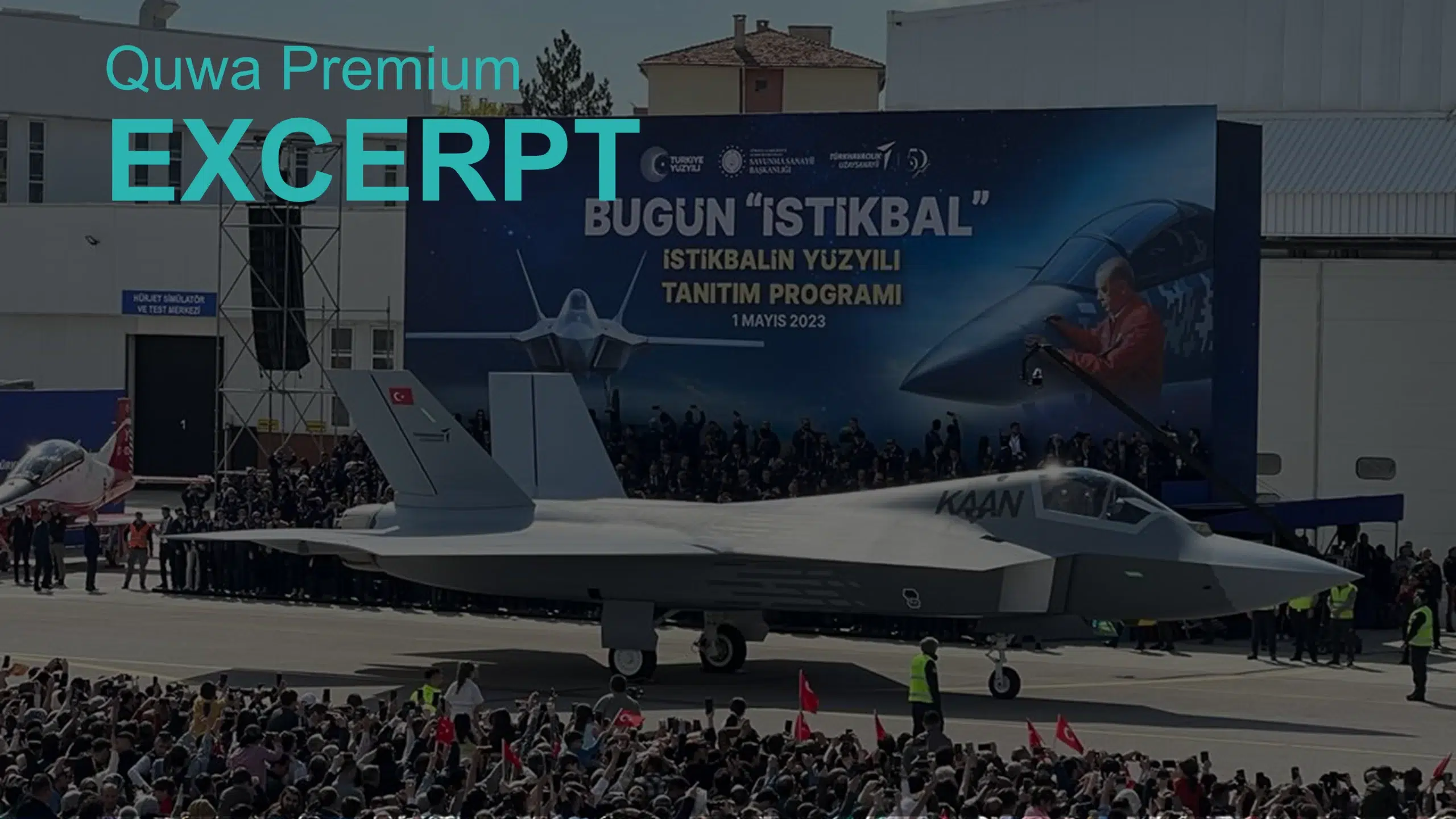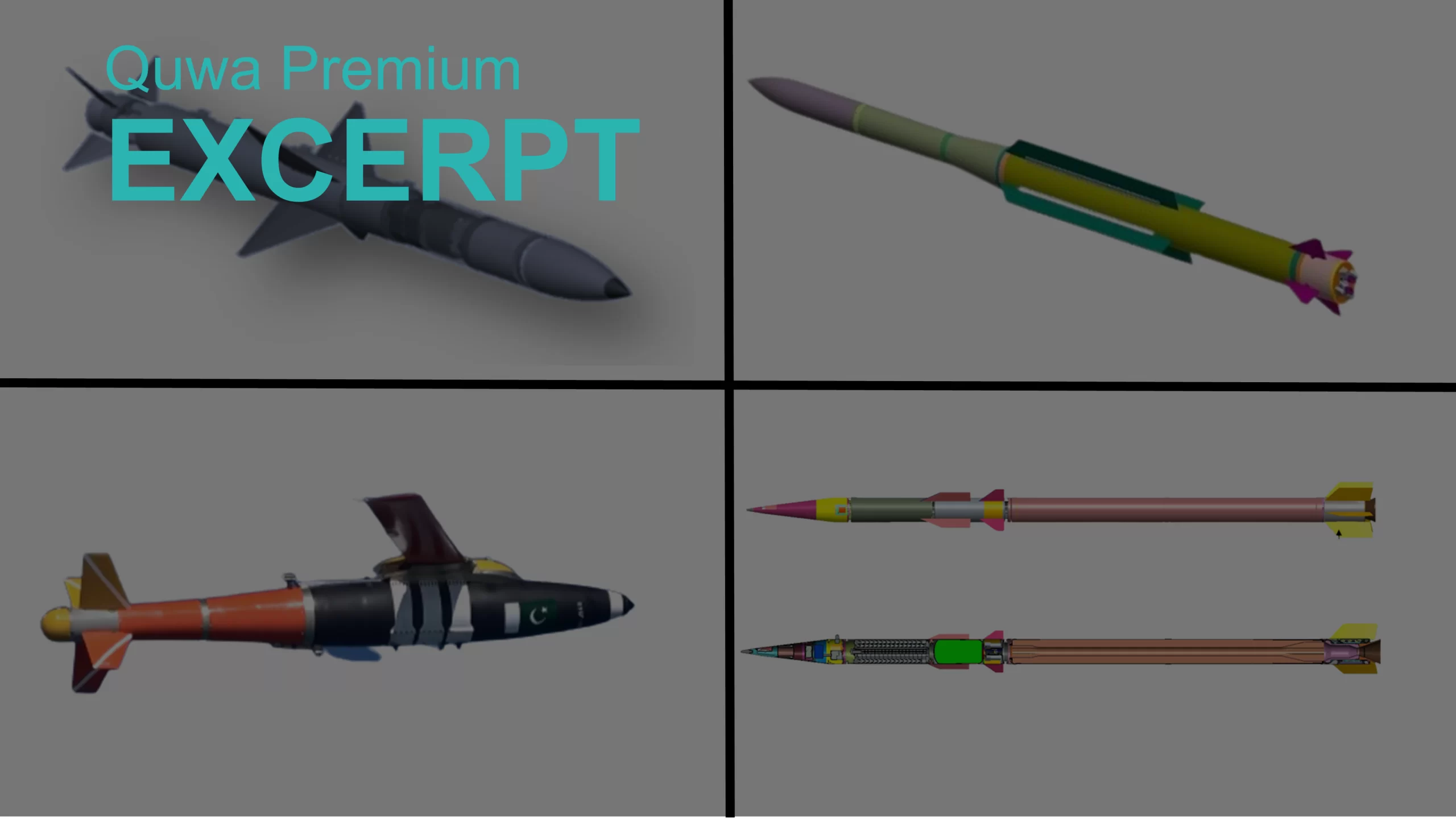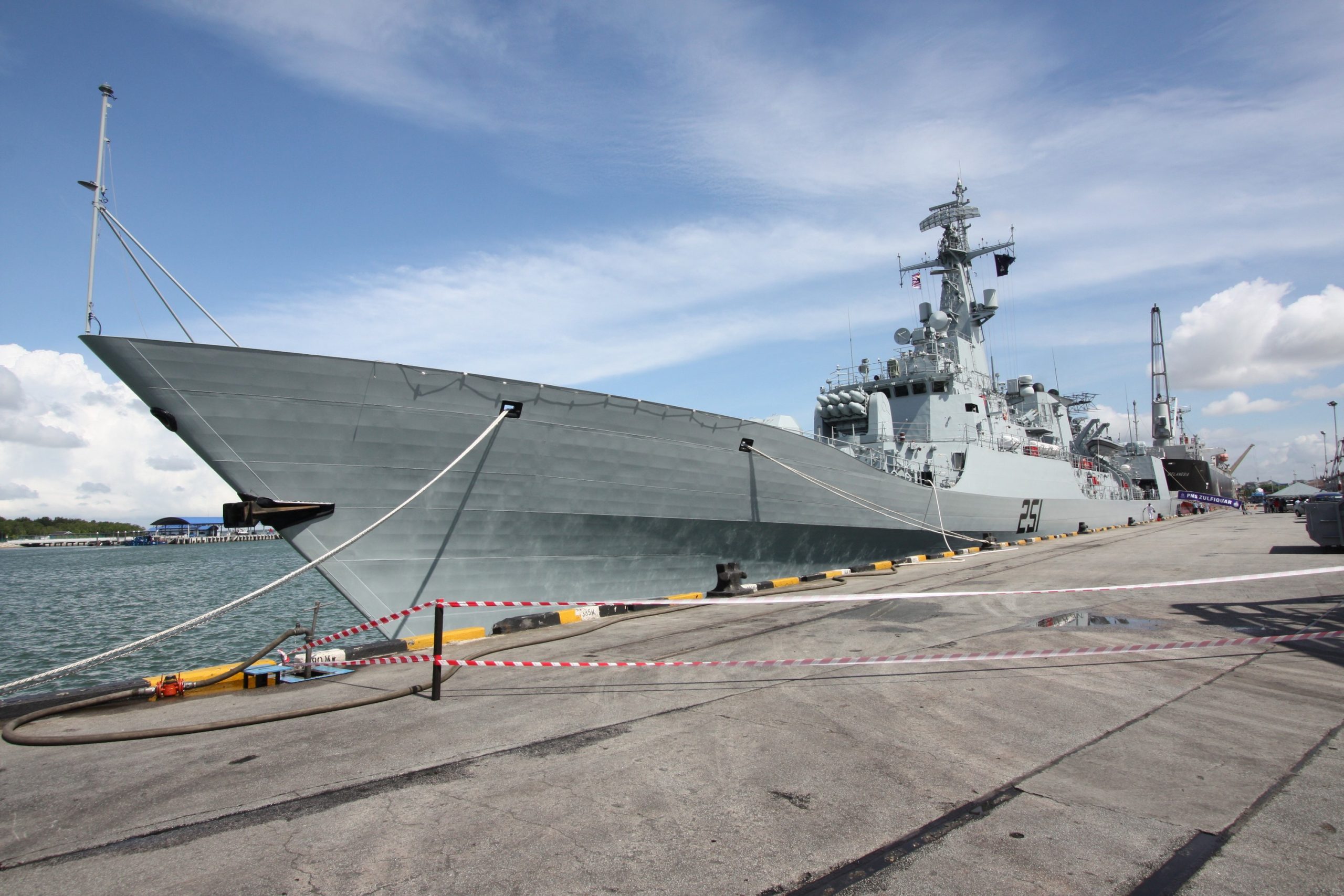3003Views

Türkiye Christens its Next-Gen Fighter as “KAAN”
At the start of May, Türkiye officially named its next-generation fighter aircraft (NGFA) program, the MMU (Milli Muharip Uçak) as the “KAAN.”
The test pilot of the prototype Kaan, Gökhan Bayramoğlu, told Anadolu Agency, Türkiye’s state-owned news agency, that Turkish Aerospace Industries (TUSAŞ) successfully carried out the taxi tests and, in turn, is now validating the fighter’s control systems to bring them to flight-ready status.
In his speech, Turkish President Recep Tayyip Erdogan said that the Kaan was the “dream that the nation had been pursuing since the foundation of the Republic.” Indeed, Türkiye had originally aimed to test fly the Kaan in time for the country’s centennial or 100-year anniversary.
Though the Kaan did not reach that goal, TUSAŞ anticipates that the Kaan could fly relatively soon. Through an interview with Aviation Week, the MMU’s executive vice president, Ugur Zengin, said, “We have all the testing infrastructure and a very broad experience on testing the aircraft, so that gives us the confidence to fly as early as possible.” TUSAŞ expects to field seven flying prototypes of the Kaan.
The name is an apparent reference to the Turkish title, “Kaan or Khan,” that refers to ‘leader.’ While a clear sign of the Kaan’s significance to Türkiye as its flagship defence program, the name could also reflect the role of the fighter in Türkiye’s future integrated air warfare system.
The Kaan is a twin-engine fighter with ‘stealth’ or low observability (LO) design features to help mitigate its detectability on radar. It also features an internal bay for air-to-air and air-to-surface munitions as well as an assortment of sensors, such as an active electronically scanned array (AESA) radar, an apparent twin-array electro-optical tracking system (EOTS) and/or infrared search and track (IRST) system.
According to Bayramoğlu, the Kaan’s human-machine interface (HMI) system aims to reduce the workload for the pilot while also providing them with relevant information.
Originally, the MMU project was meant to serve in the Turkish Air Force (TuAF) as a complementary asset to the Lockheed Martin F-35. Where the F-35 was meant to be Türkiye’s principal strike aircraft, the Kaan was to be a mainstay general purpose aircraft (taking over from the current TuAF workhorse, the F-16).
However, when Türkiye was ejected from the Joint Strike Fighter (JSF) program, the TuAF lost out on a key piece of its future plans. Not only was the F-35 a well optimized design for the strike role, but it also held a unique role as a flexible naval air warfare asset via the F-35B. The F-35B would have equipped Türkiye to deploy a markedly capable fighter solution from its newly commissioned light aircraft carrier, TCG Anadolu.
Thus, the loss of the F-35 left a major gap in Türkiye’s future air warfare plans. This led to a number of key design decisions on the Kaan, such adopting a seemingly larger airframe. Türkiye selected the GE F110 to power the prototype and, in turn, indigenously develop a future powerplant with similar thrust output. In effect, the Kaan is closer in size to the Sukhoi Su-57 and Chengdu J-20 than the Korea Aerospace Industries (KAI) KF-21 or Shenyang FC-31, for example. This avenue could lead to a future Kaan variant with a heavier payload and more range so that it could take on the strike role in lieu of the F-35.
However, it also seems that the Kaan has a relatively strong focus on situational awareness compared to most other known NGFA programs. For example, the Kaan’s EOTS set up is unique in that it has arrays at both the top of the nose cone and below it. It is not yet known how this system works, but it clearly speaks to the type of role the Kaan is slated to play in Türkiye’s future air warfare system.
End of Excerpt (632 / 1,160 words)
You can read the complete article by logging in (click here) or subscribing to Quwa Premium (click here).
For more Turkish defence news, check out:


